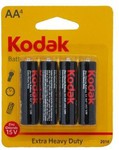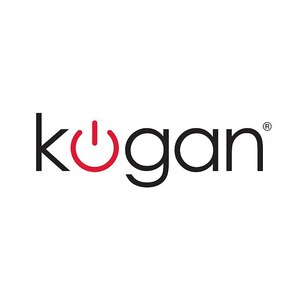If you missed out on DickSmith's '1 Day Sale' for the $1.00 batteries, here is your chance to grab them. These are Kodak branded instead of Fujitsu. Limit of 6 per customer.
Thanks to TheVoucherKing for the free shipping.
AA 10pk for $1.97
AAA 4pk is $1.38 or get the AAA 10pk for $1.97.



Be careful, these are standard 'Carbon Zinc' chemistry, not Alkalines as per the Fujitsus from the Dick Smith sale! Still wouldn't be bad in basic devices however after decades of marketing I'm led to believe Alkalines keep Bunnies drumming longer ;)